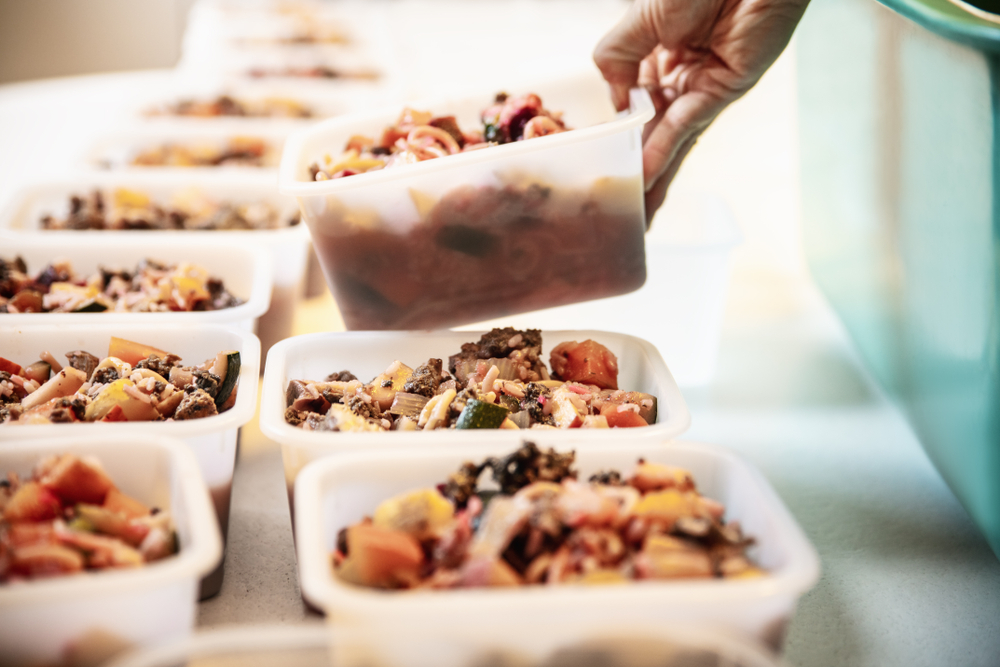Nutritious and Delicious: Your Guide to Homemade Dog Food

Many dog owners are looking to better their pets’ health through great nutrition. One way to do that is with homemade dog food. You can supplement commercial brands that feature whole foods or grain-free ingredients, or you can completely jump into creating your own DIY dog food.
The trouble with jumping into the unfamiliar waters of home cooked dog food is that many essential nutrients can be overlooked. This is why the team at Oakland Veterinary Referral Services wants to explore homemade dog food and what loving pet owners need to consider.
Making Homemade Dog Food
It may sound like a cinch to create your dog’s food, because, after all, they like pretty much everything under the sun. Unfortunately, only about 13% of all DIY dog diets include the basics of a dog’s nutritional needs. It’s fine to include whole and organic foods in your dog’s meals, but there’s more to meeting a dog’s dietary needs than using healthy ingredients.
It’s a misconception that domestic dogs will thrive only on a meat-based diet, similar to coyotes and wolves. Your dog needs more than protein. Most nutritionally sound commercial diets include protein, carbohydrates, fats, and other minerals and vitamins in specific proportions. Your dog food should take into consideration the following ratio of 40% protein, 50% vegetables, and 10% starch.
Know the Source
When preparing your dog’s homemade diet, make sure you are following guidelines from a trusted source of dietary information. First, ask your veterinarian about switching your pup to a made from scratch meal and which cookbooks or online references you can trust.
There are plenty of online dog recipes that do not offer whole nutrition, so DIYer beware. Look for tips, recipes and suggestions from online pet nutritionists who are board-certified. You may want to consider a nutrition consultation so that you can have an individualized diet plan tailored for your bestie.
Creating a Balanced Dog Diet
There are knowledgeable and trusted resources for making your dog’s food. Sites such as balanceIT.com and Tuft University’s Veterinary Medical Center Pet Foodology are great places to find the right ingredients to fuel your dog’s daily diet for vitality and good health.
Beginners in handcrafted food for dogs will often rely on a commercial dog food as a base, then add other quality ingredients alongside (while maintaining the right portion). Your dog needs protein (chicken, beef, lamb, duck, etc.), fat from meat or oil, carbohydrates like grains and vegetables, and essential fatty acids, often from plant based oil, oatmeal, and/or eggs. Eggshells provide a good amount of calcium, along with other dairy products.
Be Aware of These Mistakes
When a newbie dog food chef sets out to make a gourmet meal for their pup, there are certain mistakes that can make a dog very sick. Be aware of the following common problems with homemade dog food:
- Meat is raw or undercooked, which can lead to salmonella and E. coli poisoning.
- Toxic ingredients are included in the meal, such as grapes, raisins, macadamia nuts, garlic, onions, and products like peanut butter made with the sweetener Xylitol.
- Ingredients are skipped so the food doesn’t provide all the nutrients needed for a balanced meal. This is a larger issue if you feed the same meal repeatedly.
- There is an abrupt change from one diet to a new one, which can make a dog have digestive issues.
Remember that any change in your dog’s diet, especially if they are ill or have a medical condition, needs to be discussed with your veterinarian. They will provide guidance on how to prepare delicious homemade dog food for your sweet pet.
If you have any questions about your dog’s nutrition, or would like to schedule an appointment, please contact our team. Bon appetit!


